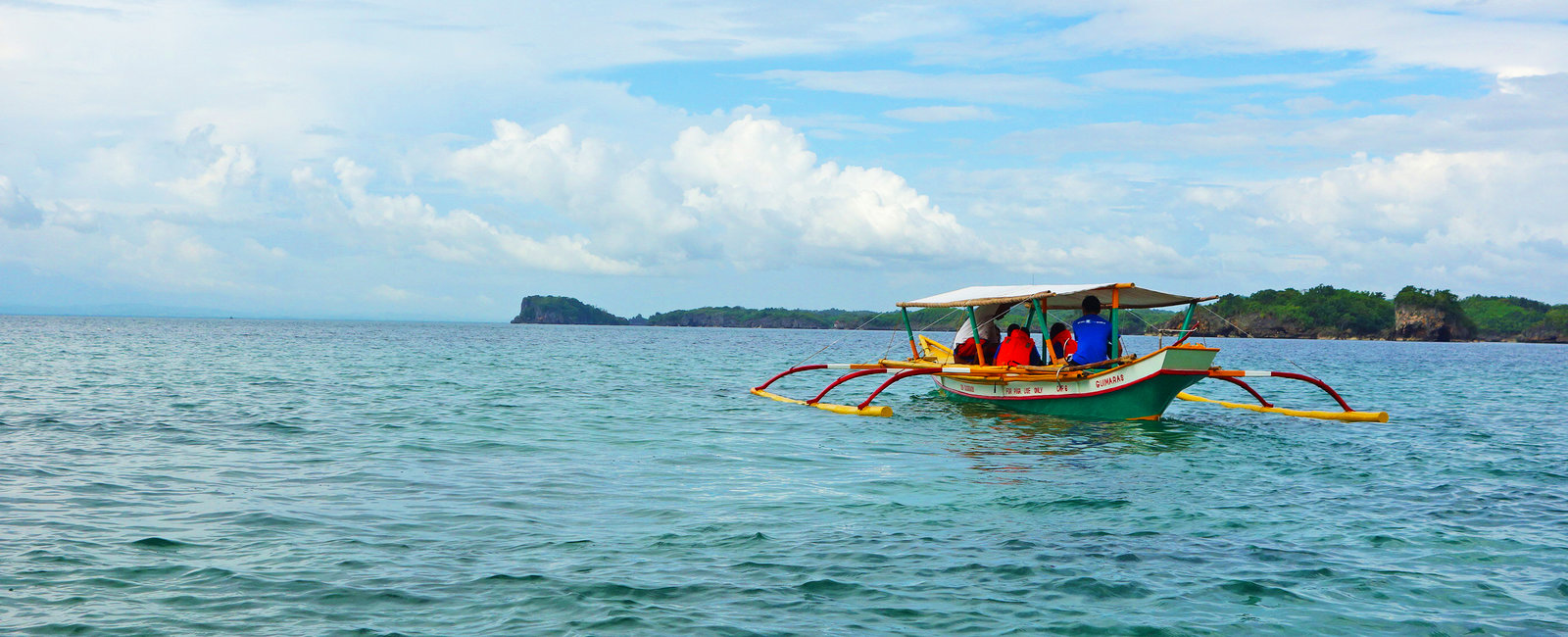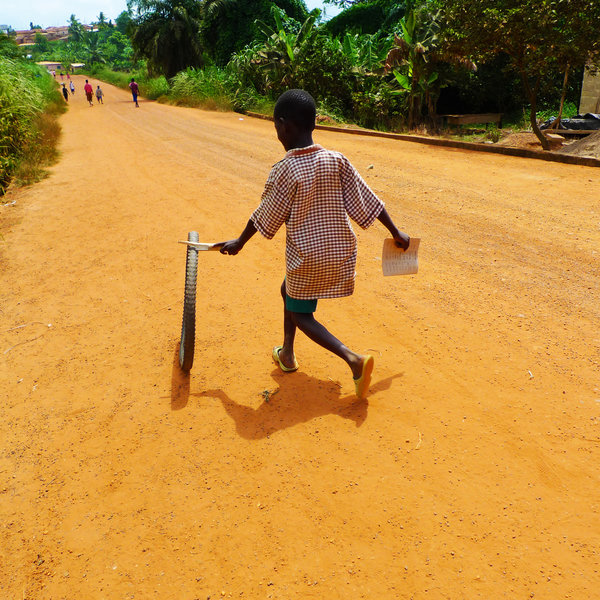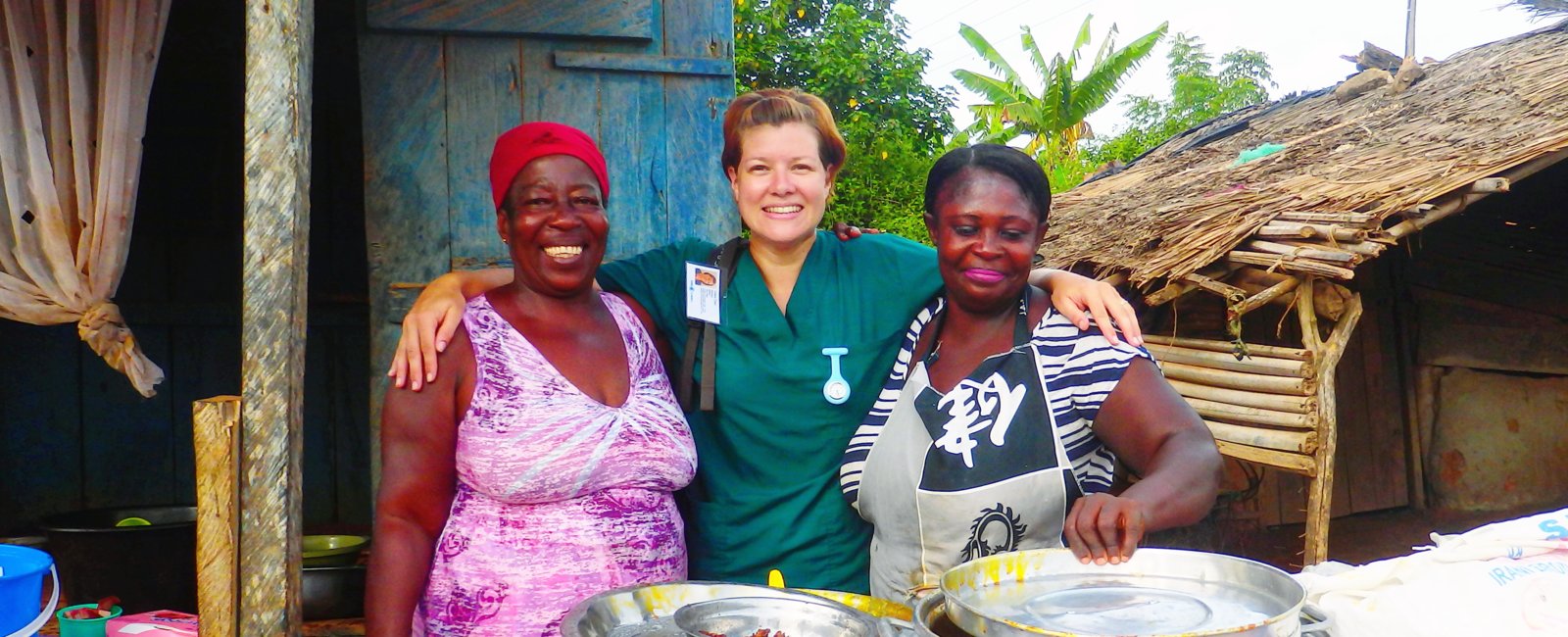University of Plymouth
When the opportunity arose to undertake an overseas medical elective with Work the World, the Philippines immediately stood out. I had always wanted to travel to the archipelago, and recommendations from friends who had already been there—confirming it to be a stunning destination with overwhelming natural beauty—sealed the deal.
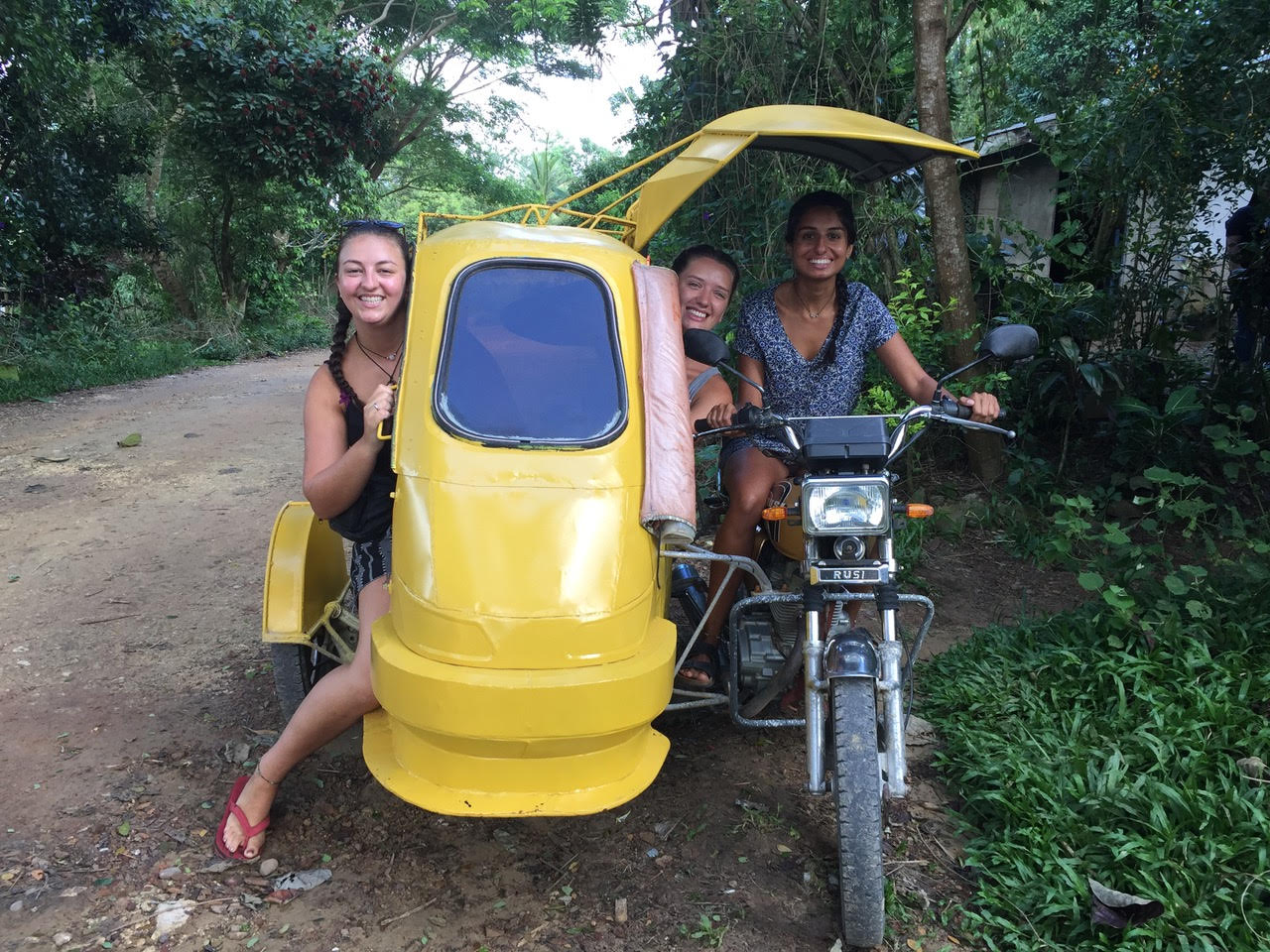
While researching Iloilo on the Work the World website, I found myself reading about the Village Healthcare Experience (VHE). The VHE was presented as an optional week living like a local and working in a small district hospital near a village on a small Filipino island. It felt like the perfect opportunity to learn about the rural side of the Philippines, understand more about how the locals live and was very different to being in the hospital environment in the city, so I went for it.
I was to stay with a Filipino family along with two other Work the World students as well as a Work the World guide, and gain perspective on rural life in the Philippines and on what it means to be part of the trademark tight-knit community rural Filipinos are known for. We arrived at the village during the rainy season. There was a massive downpour that had caused a power cut, which was actually quite exciting as Mama Lucy—our host— had cooked an amazing array of traditional snacks and had lit candles for us to eat by. A particular favourite was sticky rice cooked in banana leaves with fresh coconut. This was the first taste of some of the best food I had during my time in the country. Mama Lucy dried our clothes, which was a relief after the journey from the mainland.
.jpg)
The house was modest and we found this a welcome break from the busy city and the accompanying stresses of modern life. Back in the Work the World house, we were living in relative luxury, so it was nice to go back to basics and enjoy the simplicity of tribal village life.
On the first morning, we awoke to an enormous, home-cooked breakfast. Again, I can’t emphasise enough how delicious the food was during our week in the village. All the locals know how to cook the best, most authentic Filipino food from fresh, homegrown ingredients. Mama Lucy grew all her own fruits and vegetables at home, and the flavours were amazing.
I should note that for the duration of our stay, we were accompanied by Mia, an official Work the World guide and translator. Mia was wonderful and made our time in the village extra special. She came to collect us after breakfast that first day, and took us to the district hospital in which we’d spend our weekday mornings.
The district hospital was a lot smaller than the one in Iloilo, but I was pleasantly surprised because it was better resourced then I had assumed. For example, in the busy OBG department, mothers were well looked after because the ratio of doctors to patients was good and it was fairly well equipped. The staff at the district hospital were some of the most friendly people I’ve ever met, and I particularly miss being offered delicious Filipino food throughout the day.
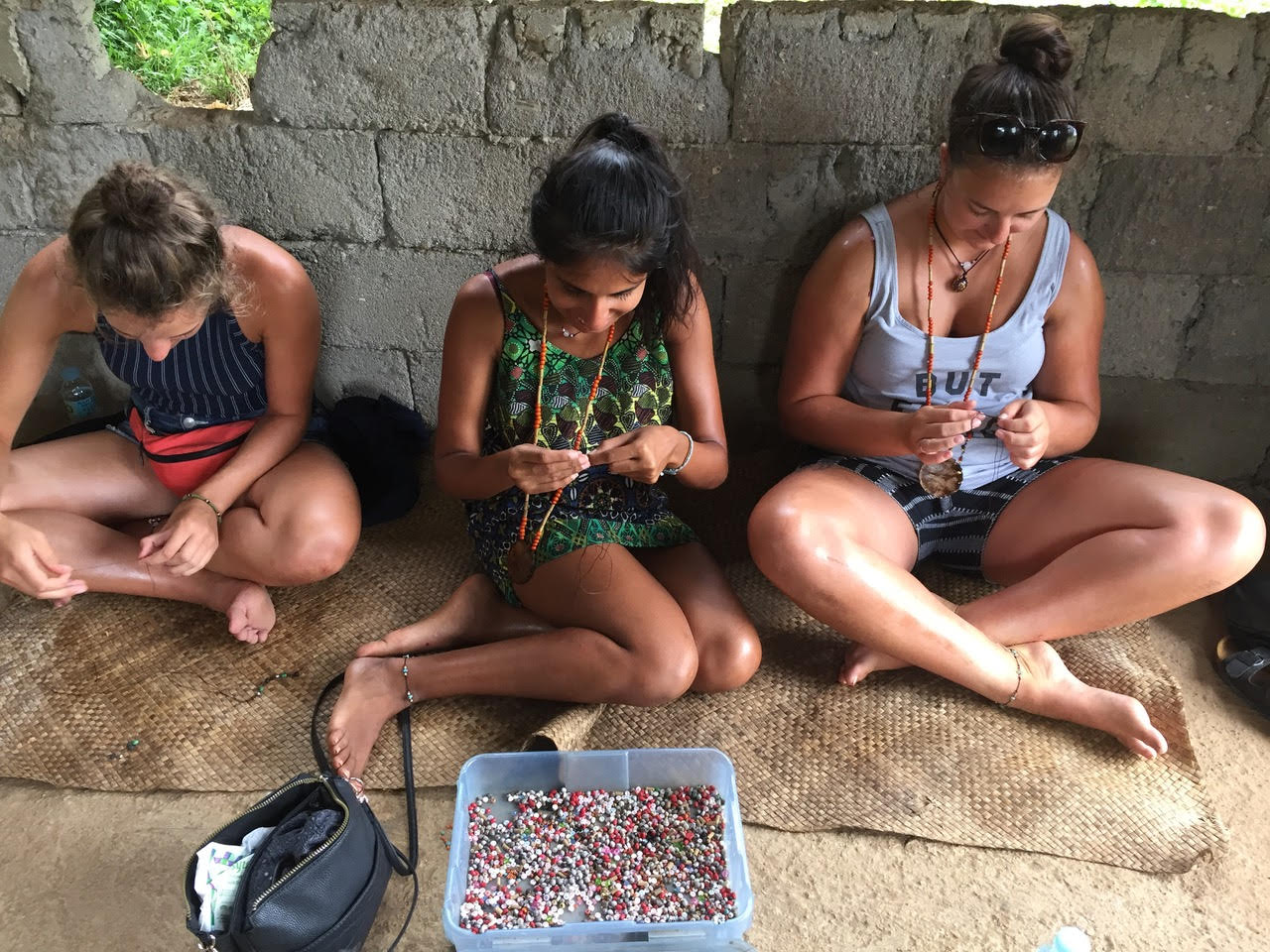
I saw some interesting cases during my time there, which was split between OBG, paediatrics, and emergency. I saw children suffering from severe Hand, Foot and Mouth disease with large lesions on their faces and mouths. This was eye-opening, as it wasn’t something I’d seen back in the UK. Conditions like this would normally be diagnosed and treated much earlier.
After a morning in the hospital, Mia took us back to the house for lunch. In the afternoon, we went into the village and learnt how to make jewellery, and then played a few basketball games with the local children. With all the activity, hunger soon set in so we headed back to Mama Lucy’s house for dinner, which was, of course, home cooked. In the evenings, we spent time with the family, playing games, chatting and relaxing. Learning from Mama Lucy’s family about what island life was like, and how they are treated as indigenous people, was fascinating. And so, our days went on.
One afternoon, we learnt how to weave. I was terrible at it, but as Mia had brought the equipment, I did manage to weave a little purse to take home.
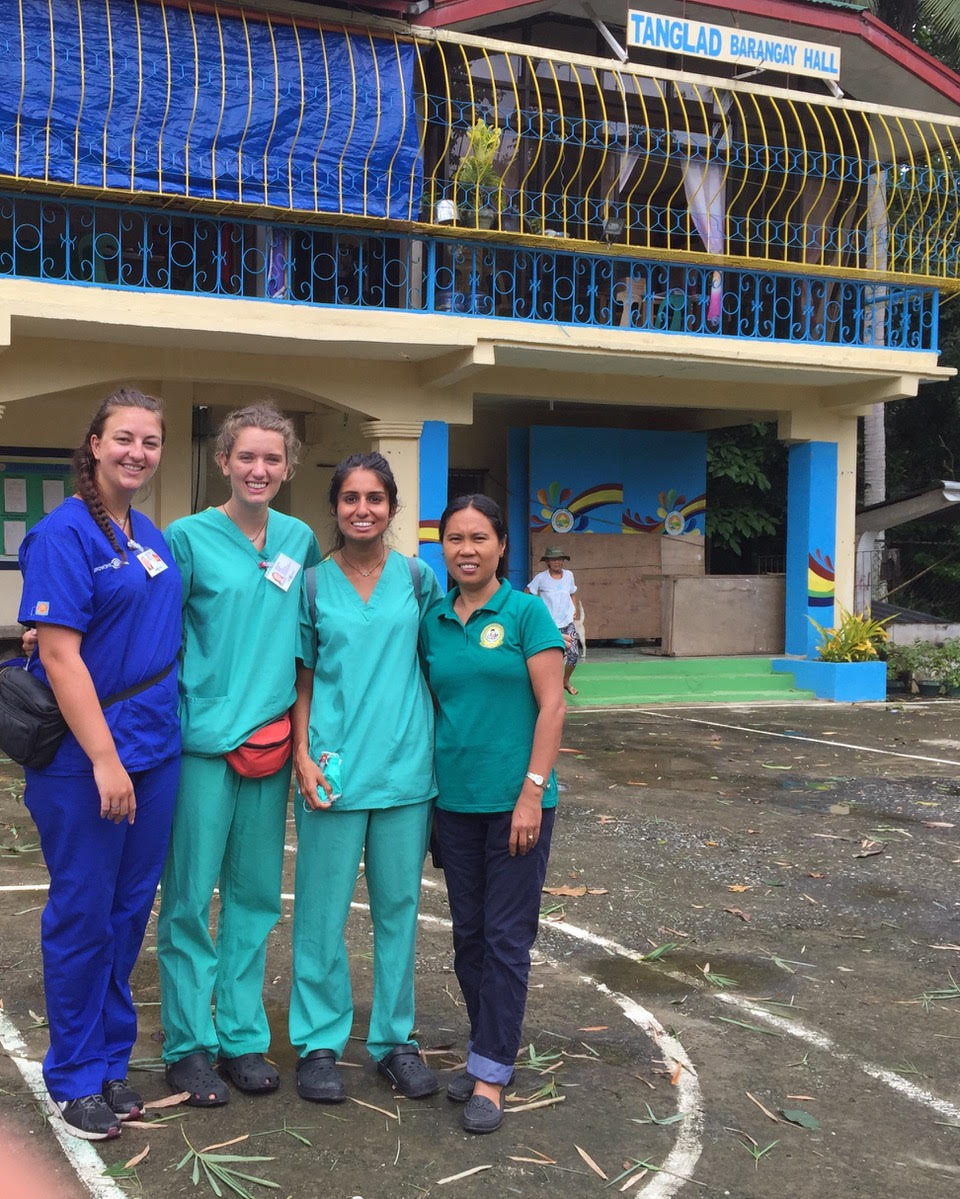
Another activity I found particularly valuable was visiting the local health clinic. It was in the heart of the community and few patients had contact time with hospitals. It was used mostly by new mothers. Whilst we were there, some of the nurses were teaching the community about specific common diseases, many of which were uncommon in UK. That afternoon, we went to the beach and half the village came with us! On the drive home, we enjoyed stunning views of the island’s rolling hills.
On our last day, we wanted to pack as much in as possible. We visited the hospital in the morning as normal and said our goodbyes to local staff. In the afternoon, we drove to a windmill farm and then visited a herbal medicine practitioner. I was particularly interested in this as a student of ‘Western’ medicine. The practitioner was one of the village elders. It was fascinating to see the different leaves, herbs and spices he used. Ingredients were boiled in water or crushed to make traditional remedies.
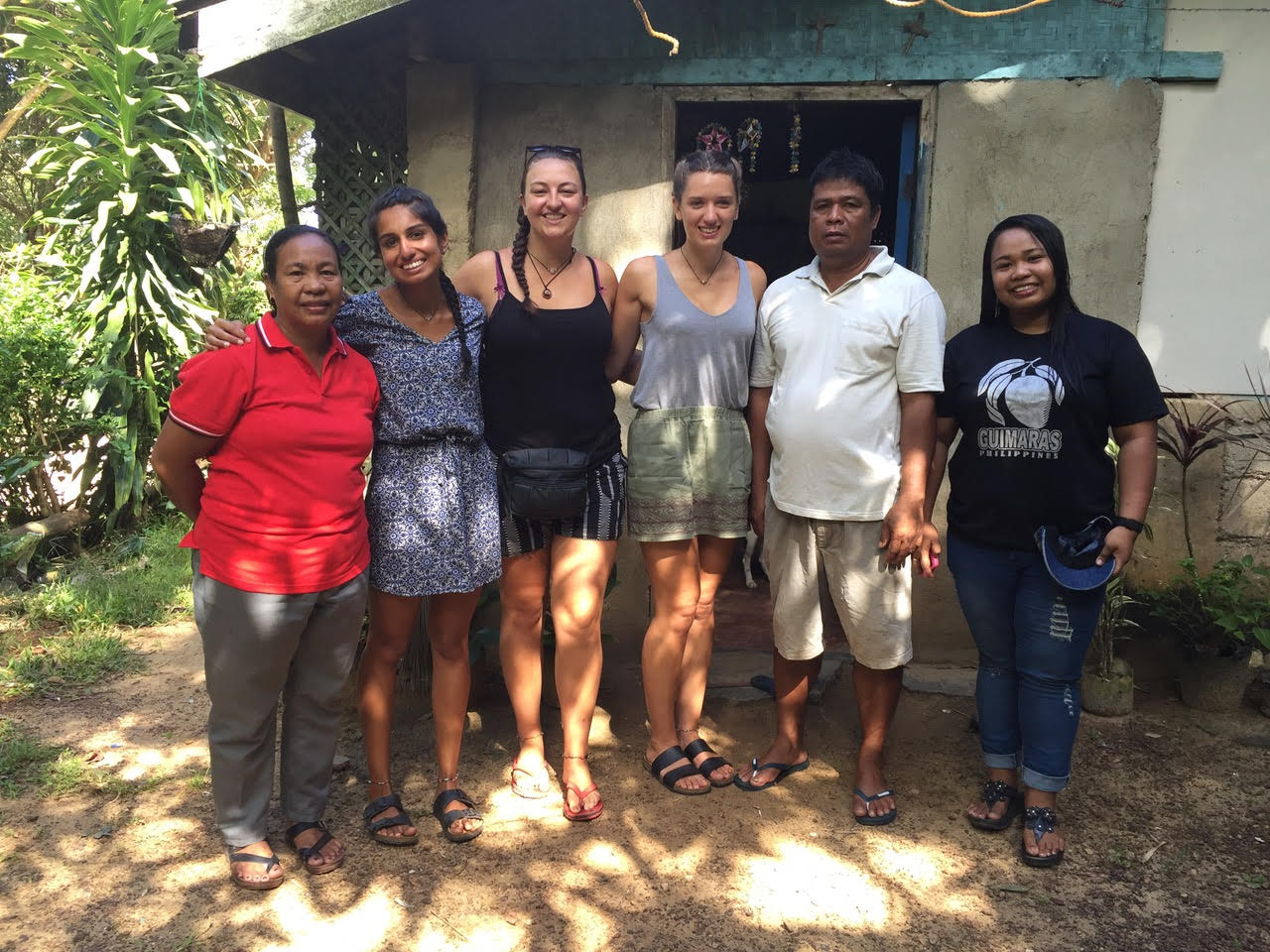
We made amazing memories during our time in the village, but the send off the village children gave us was truly unforgettable. They sang us songs, wrote poems made us feel as though we’d made a real connection with the community. There wasn’t a dry eye in the house by the end.
Life in the village exceeded my every expectation. My advice, if you’re considering a week in the village? Do it.
